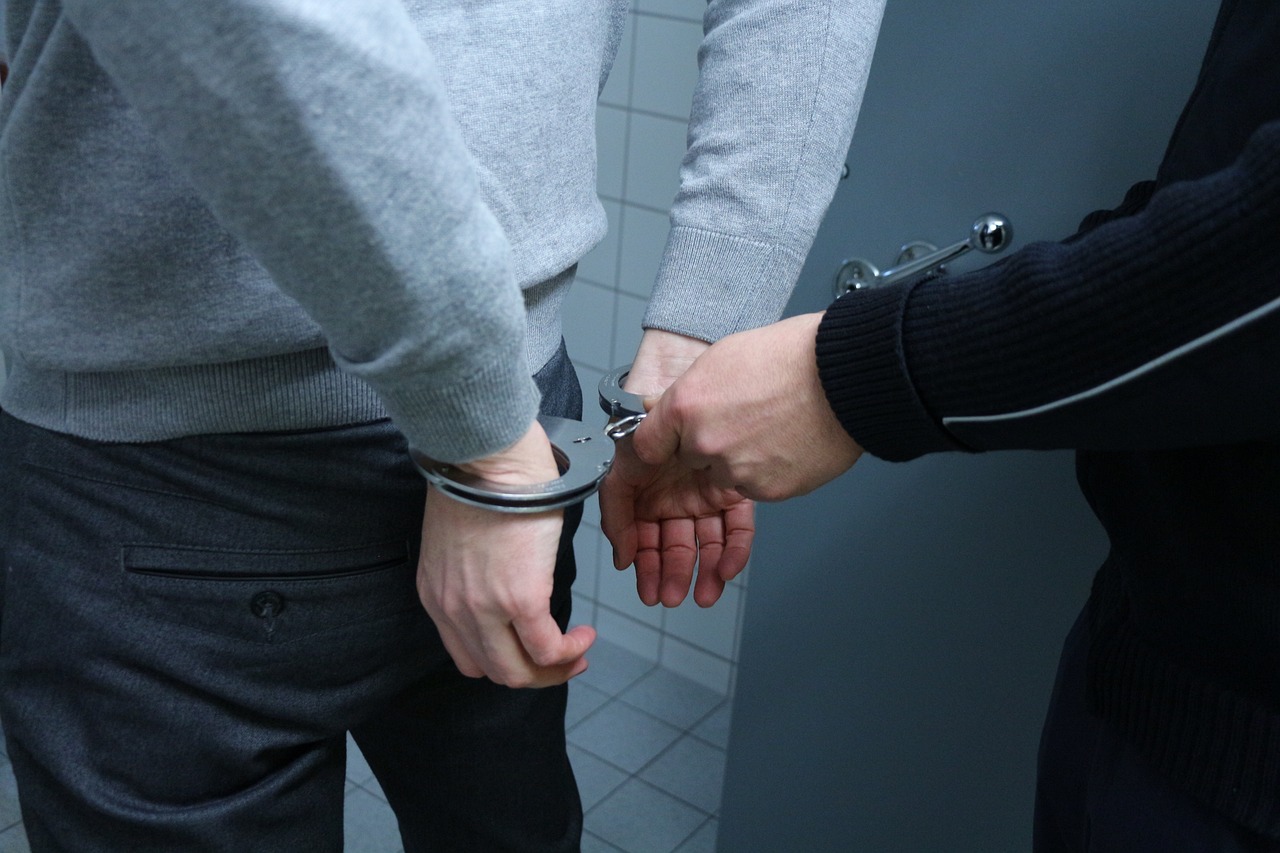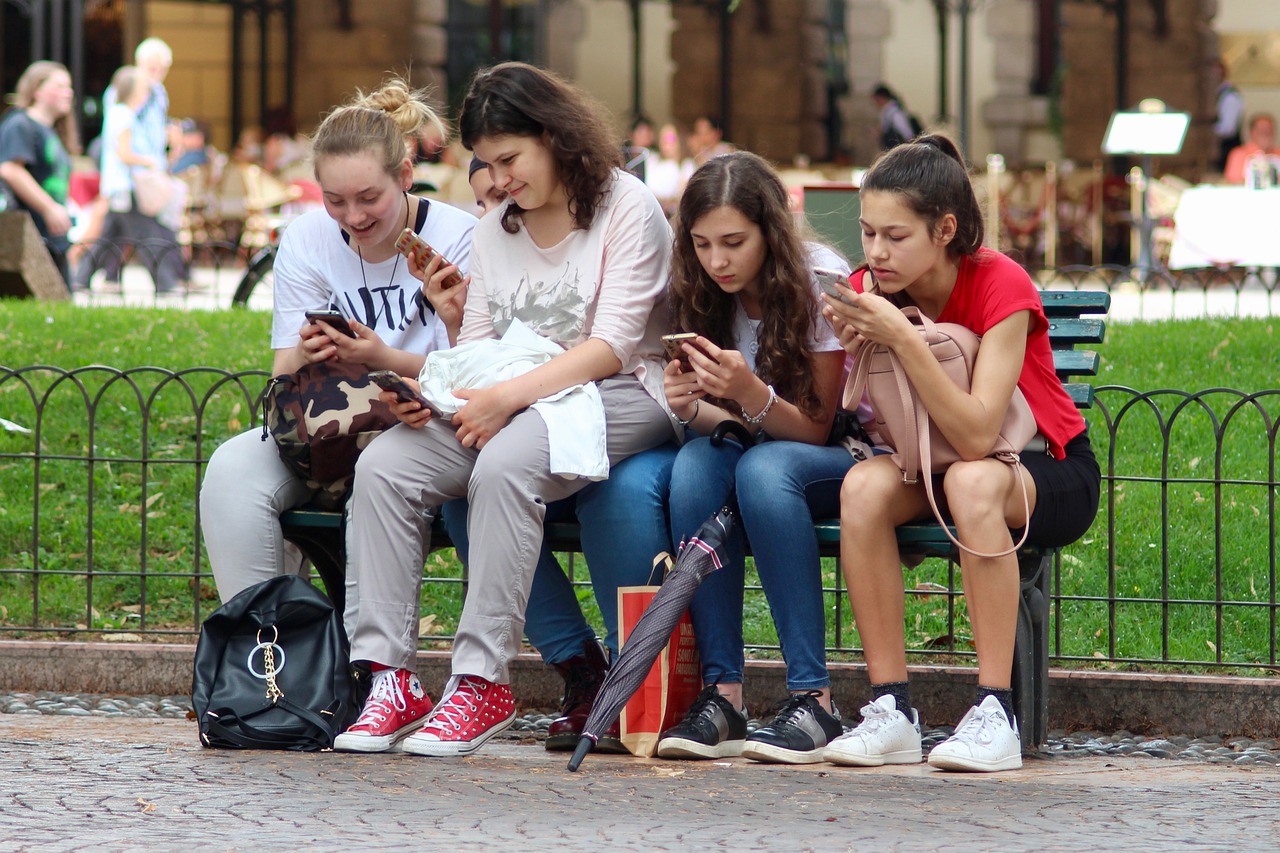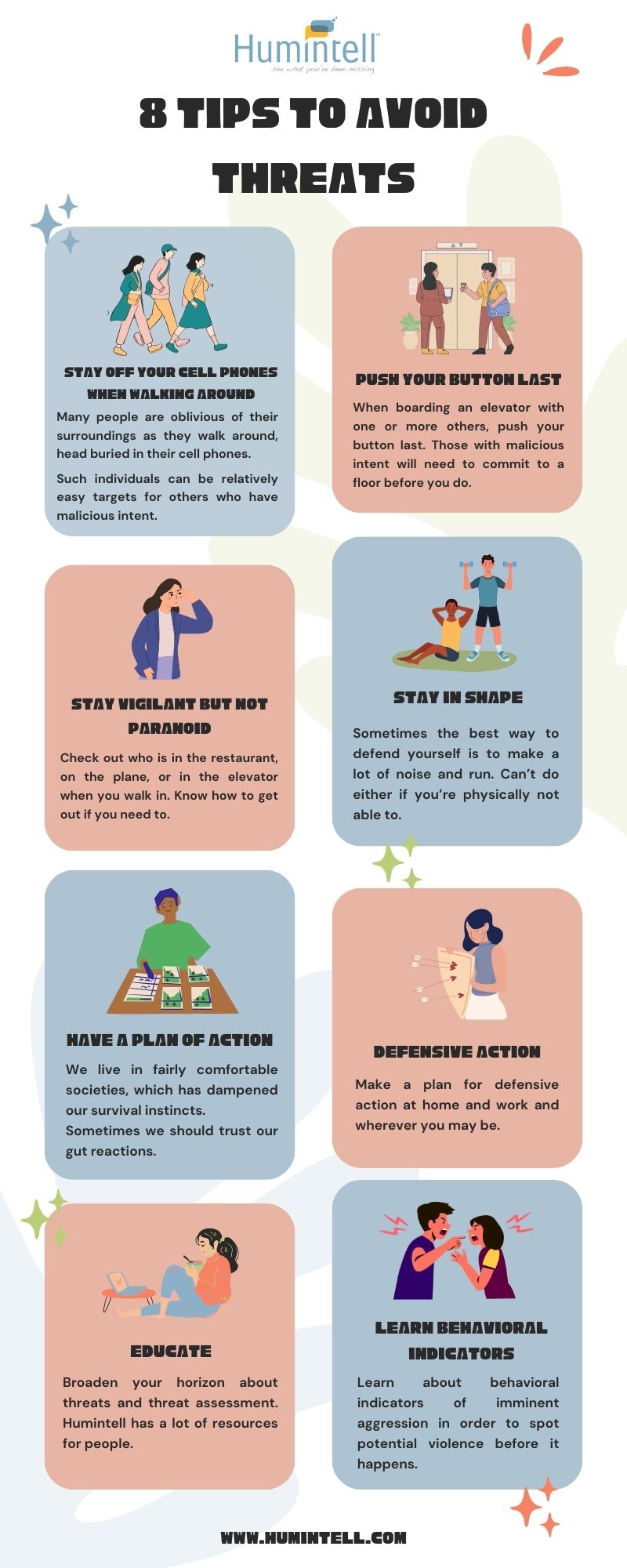 Another tragic event has occurred at a school in Georgia recently, and the scene unfolds as it has too many times in our recent past.
Another tragic event has occurred at a school in Georgia recently, and the scene unfolds as it has too many times in our recent past.
Aside from school incidents, workplace violence, domestic violence, and even seemingly random acts of violence on the streets of our cities and towns, buses, and trains occur all too often all across the country and the world.
The causes for these tragic events are many and one can point to social, cultural, local, familial, and individual sources for such causes.
For this reason, in my opinion a comprehensive and meaningful consideration to reducing threats and violence should consider addressing each of these, and other, levels of sources that contribute to violence.
Get EXCLUSIVE Content on How to Identify Threats!
Join 10,000+ others and gain instant access to FREE demos, special offers, cutting-edge science news, and more!
Identifying Hateful Rhetoric
On the social and cultural level, for example, much rhetoric can be found in social media, news, and the entertainment industry, all of which appear to insight and even sanction violence.
We were able to identify the basic emotional components of hatred and their associated verbal and nonverbal behaviors.
 Using those indicators we were able to predict fairly well when groups were ramping up to engage in acts of violence against members of other groups they despised. I am convinced that those same indicators occur today when I watch or read the news, especially about politics in the U.S.
Using those indicators we were able to predict fairly well when groups were ramping up to engage in acts of violence against members of other groups they despised. I am convinced that those same indicators occur today when I watch or read the news, especially about politics in the U.S.
Awareness about the power of such rhetoric may be a good first step towards reducing the threats from such rhetoric.
Sometimes I fantasize about a threat indicator monitor on our televisions or computer monitors that simultaneously assessed the hateful rhetoric that is occurring; that would certainly raise awareness. We have a good idea of what such indicators are and developing such monitors is not a far-fetched idea.
Relatedly, I also sometimes fantasize about a deception indicator monitor that could do so in real time as well.
Consequences for Bad Acts

Another important social variable that has changed in recent years is the perception of consequences for bad (criminal) acts.
Seminal research conducted decades ago demonstrated that people’s behaviors were more affected not by supposedly ingrained cultural values or ideologies but because of the sanctioning system in place in which people lived.
That is, people’s behaviors were more affected by perceived rewards and punishments than other internal, psychological factors.
Given that there is clearly a perception of a lack of consequences for “bad” behavior in much of today’s society, no wonder that more bad behavior occurs, including violence, because of a perception that people can “get away with it.” That’s what also happens in anonymized environments such as online chat forums, where people can say almost anything and not be held accountable.
These perceptions permeate all of society today, including our schools.
A recent study demonstrated that teachers are more likely to quit their jobs not because of low pay but because of student behavior. People in many cities live in fear because of the perception that many crimes can be committed without fear of punishment.
Where I live in the San Francisco Bay Area, I have heard people state that they would rather not drive their cars into the city because of fear of vandalism, car jackings, or robberies.
Get EXCLUSIVE Content on How to Identify Threats!
Join 10,000+ others and gain instant access to FREE demos, special offers, cutting-edge science news, and more!
Benefits of Play
 When I was a kid growing up, I spent a lot of time outside playing with my friends, as did so many of my generation. A lot of time.
When I was a kid growing up, I spent a lot of time outside playing with my friends, as did so many of my generation. A lot of time.
Much research has demonstrated the tremendous benefits of such play time, both physically and mentally. Physically, kids move their bodies – running, hiding, throwing things, jumping, falling, and yes arguing and sometimes fighting.
There’s no question that kids were much more physically active in the past than today. Psychologically, kids had to learn to get along with others and to “play nicely.” That is, we learned valuable lessons about respect, friendship, courtesy, and politeness.
Unfortunately, we have lost lots of that in today’s world. In my experience (backed up by research over the past several decades), kids may not be learning such valuable lessons.
The detrimental effects of the lack of play may be seen in the numerous physical ailments that affect our societies today, including being overweight or obese, or many of the childhood diseases seen today that were rare in the past.
Psychologically, kids have more difficult times interacting with others, respecting boundaries and people, and regulating their emotions. These unfortunate consequences of city life, and more specifically the perceived threats that occur in city life, were undeniably exacerbated during the Covid lockdowns.
As an aside, the major theory of cognitive development in children suggested that such development is facilitated by a child’s manipulation of the physical environment around him or her. But alas, we have reduced the opportunity for children to do so, thereby possibly hindering cognitive development as well.
These effects may be especially apparent in crucial teenage years and young adulthood, in which physical changes are occurring and in which people are finding ways to form meaningful and lasting relationships with others.
Increasing Loneliness in Young Adults
 Teenagers and young adults today may find that developing and maintaining such relationships are more difficult compared to the past, contributing to the increased loneliness of the younger generation.
Teenagers and young adults today may find that developing and maintaining such relationships are more difficult compared to the past, contributing to the increased loneliness of the younger generation.
Moreover, the inability to form meaningful relationships with others, especially romantic ones, has been shown to be an indicator of violent tendencies.
These and many other social, cultural, familial, and interpersonal changes have helped to create a population that is lonelier, afflicted with personal or group based grievance, searching for meaning in their lives but having increasing difficulty finding such meaning, living in a social and cultural environment in which violent rhetoric is rampant and within which there are less consequences for bad behavior.
In this case, no wonder it is easier for people to be more disrespectful, rude, aggressive, and yes even violent toward others.
What can we do?
Well, we can’t change society and culture overall. But we can work in our families.
We can spend time talking with each other and providing our families with ways to express themselves and to learn how to interact with others.
We can provide our children and grandchildren with opportunities to move, play, interact and engage with things and others, and to develop their minds and their bodies.
And we can teach and guide them to learn how to be accountable and responsible for their actions.
Individually, we can do things like the following:

If we all do a little something to take our own personal security more seriously, hopefully we can protect ourselves and our loved ones a bit better and make our societies and communities a little safer.